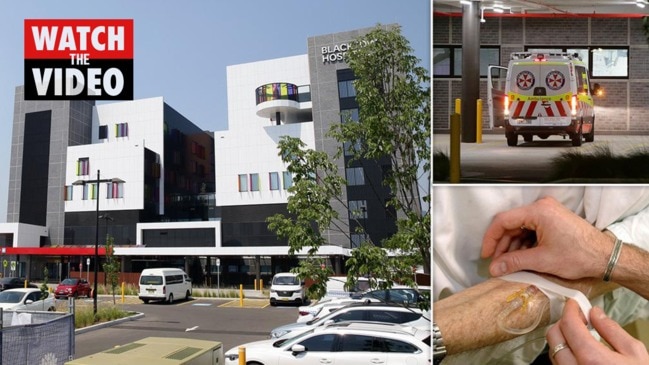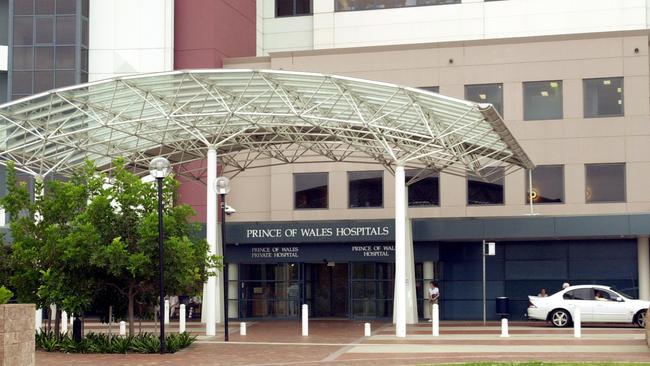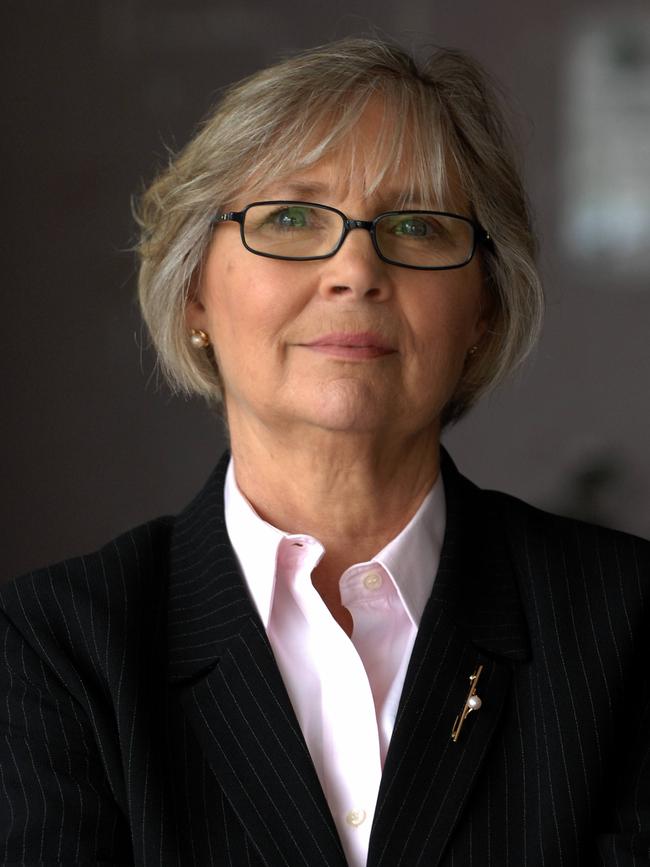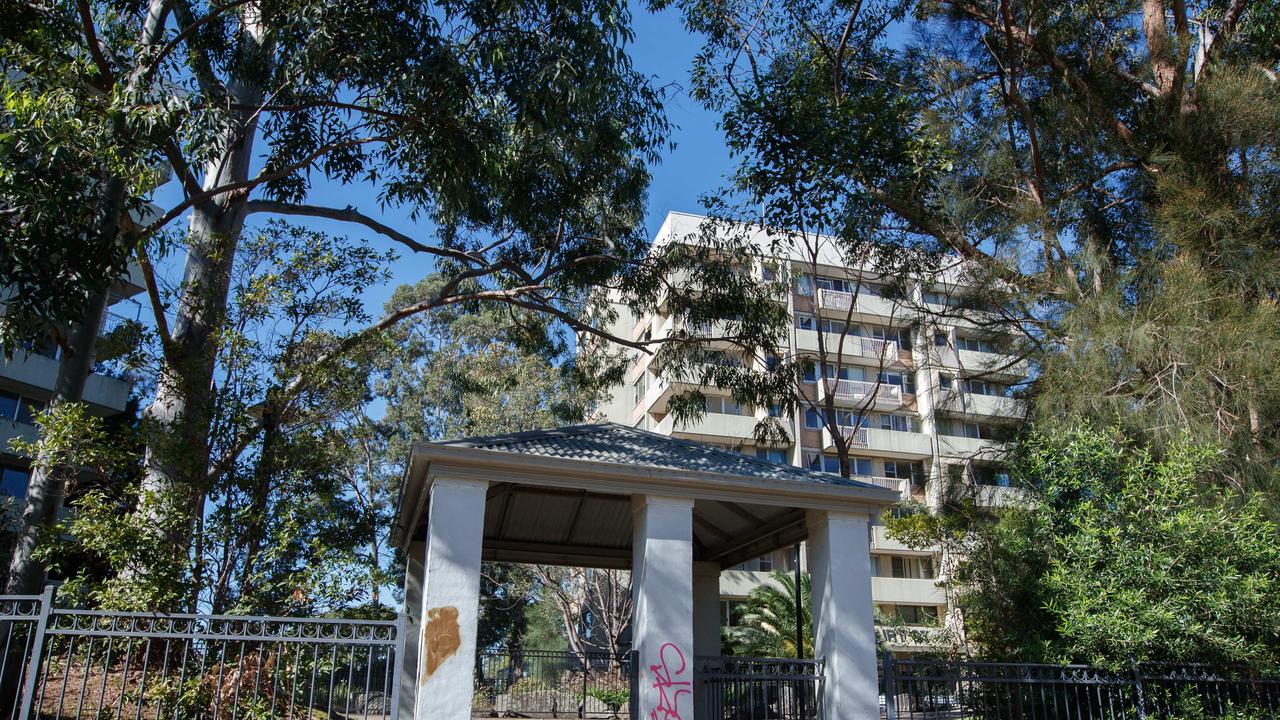Prince of Wales Hospital suffocation death raises safety questions
A horrific medical incident in a Sydney hospital saw an elderly man who breathed through an opening is his neck die after a nurse covered the airway with a bandage.

NSW
Don't miss out on the headlines from NSW. Followed categories will be added to My News.
A horrific medical incident at a Sydney hospital, in which an elderly man who breathed through an opening in his neck died after a nurse covered it up with a bandage, highlights the problem of accidents in hospitals, a safety campaigner says.
Two nurses involved in the incident at Randwick’s Prince of Wales Hospital were found guilty of unsatisfactory professional conduct last month.
The complaint against the senior nurse was found to be “sufficiently serious to justify suspension or cancellation of her registration”.


Patient A, an 80-year-old man, was in a respiratory ward for pneumonia in 2017, and had a longstanding “stoma” in his neck to breathe after having his larynx removed a decade earlier.
The professional disciplinary proceedings at the NSW Civil and Administrative Tribunal heard it was his sole airway, he spoke in a “whisper” through the opening and used hand signals.
FATAL MISTAKES
On the day he died, the patient asked casual nurse Seamus McArthur for a towel and gown to shower.
Mr McArthur gave evidence he asked the patient if he wanted the stoma covered to prevent it getting wet and testified the patient “whispered ‘yes’ and nodded”.
Mr McArthur then asked the senior registered nurse Nelley Youssef if a Mediplex border dressing would be appropriate and she agreed and got the dressing.
He gave evidence that after putting on the dressing, he thought the patient was “all right”, so he retrieved the towel and gown, then helped the elderly man to the shower room before taking his break.

Ms Youssef later found the patient unconscious on the shower chair, still dry.
She gave evidence that along with other staff, she tried unsuccessfully to resuscitate him and she did not see the dressing in place.
Another staff member said he saw the dressing and immediately removed it, but by then it was too late.
The tribunal heard a special laryngectomy foam cover is normally used for showers.
LACK OF INFORMATION
Ms Youssef gave evidence that if she had known that the stoma was the man’s only airway she would not have agreed to the dressing and said there was a lack of information in the hospital’s written records.
“In cross examination Ms Youssef said she was aware that Patient A had a laryngectomy but did not know what this was,” the judgement of the tribunal stated.
An expert report from nurse Jessica Butler stated Ms Youssef should have sought advice if she had not cared for such a patient before.
Ms Youssef was also found guilty of professional misconduct for giving false evidence that the bandage was not on the man when she found him.
The judgement stated “her conduct in providing false information … was both improper and unethical”.

Ms Youssef told The Daily Telegraph she did not want to talk about the case, but said she chose her profession “to save people’s lives and I’ve done very well throughout my career”.
The tribunal will now receive submissions from both the nurses and the complaints body on what protective orders should be imposed.
Medical Error Action Group founder Lorraine Long said: “People think you’re safe in hospital but this case shows you’re not. It is common sense that blocking an airway will inhibit breathing — one doesn’t need a nursing degree to comprehend that.”
She added: “How serious does it go beyond death? These two nurses got through university and don’t know the basics.
OUR CONDOLENCES
A spokesman for the South Eastern Sydney Local Health District said it “extends its sincere condolences to the family”.
She said improvements were made to clinical practice guidelines, with additional training and education, and new practices in caring for patients with laryngeal stomas were made after recommendations from a Root Cause Analysis investigation.
“Of the two registered nurses involved in the incident, one is no longer employed by NSW Health and the other was required to work under supervision with competency reports submitted regularly,” she said.
“Since that time there have been no identified concerns.”



